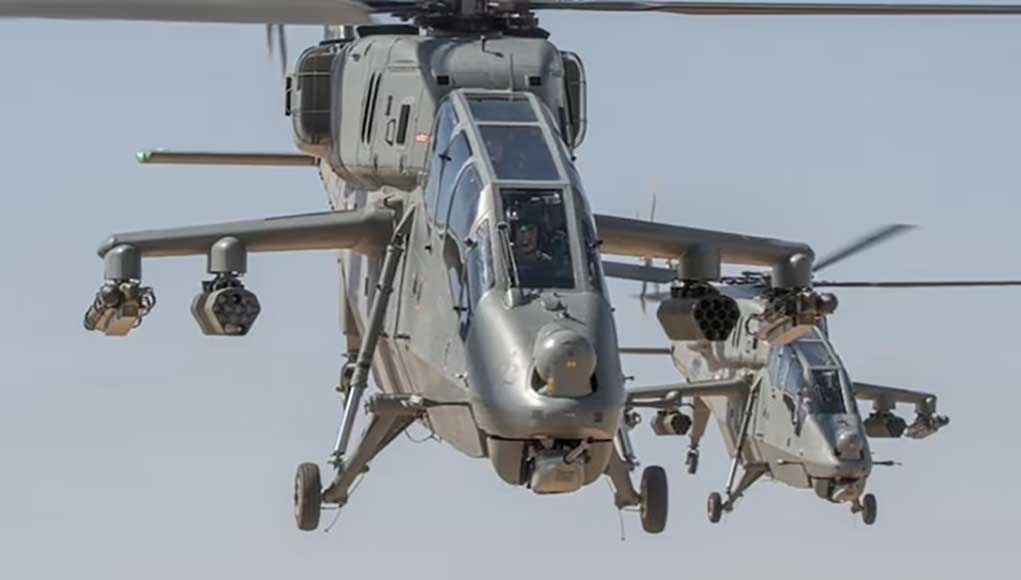India’s Defence Acquisition Council (DAC) has approved ten military procurement projects worth approximately $17 billion to enhance the country’s defense capabilities. The plan includes the acquisition of 97 Tejas Light Combat Aircraft Mk-1A, 156 Prachand combat helicopters, and over 400 new artillery systems. This significant investment aims to boost India’s domestic defense industry, reduce reliance on imports, and create job opportunities in the defense manufacturing sector. The decision aligns with India’s “Make in India” initiative, reflecting its commitment to strengthening its military capabilities while promoting indigenous defense production.
 Japan Proposes Record Defense Budget, Boosting Naval Power and Advanced Technologies
Japan Proposes Record Defense Budget, Boosting Naval Power and Advanced Technologies
Japan’s Ministry of Defense has proposed its largest-ever defense budget for fiscal year 2025, focusing on enhancing naval capabilities and advanced technologies. The budget includes plans for three new multirole frigates, converting helicopter carriers into light aircraft carriers, and research into submarine-launched missiles and shipboard laser systems. This record request aims to counter perceived threats from China, North Korea, and Russia, reflecting Japan’s response to regional tensions. The proposal also emphasizes developing “counterstrike capabilities” and improving Integrated Air and Missile Defense systems, signifying a notable shift in Japan’s defense strategy.
U.S. Defense Budget Realigns to Reflect Ukraine War Lessons
The U.S. Department of Defense is adjusting its fiscal year 2025 budget priorities based on lessons from the Russian-Ukrainian war. The priorities focus on long-range precision fires, air and missile defense, and electronic warfare. Significant investments are planned for hypersonic weapons, counter-unmanned aerial systems, artillery modernization, and critical munitions production. The budget also emphasizes space-based capabilities and cyber warfare, reflecting their growing importance in modern conflicts. These changes aim to enhance U.S. military readiness for future conflicts and address evolving global security challenges.
BAE Systems Expands Electronic Warfare Capabilities with Kirintec Acquisition
BAE Systems has acquired UK-based Kirintec, a company specializing in electronic warfare, counter-terrorism, and counter-threat solutions. The acquisition aims to enhance BAE Systems’ electronic warfare capabilities by integrating Kirintec’s expertise in advanced electronic countermeasures and counter-improvised explosive device (C-IED) systems. This strategic move will expand BAE Systems’ portfolio, particularly in radio frequency (RF) systems for counter-terrorism and protection against remote-controlled improvised explosive devices (RCIEDs). The integration is expected to strengthen BAE Systems’ position in the electronic warfare market and provide customers with a broader range of advanced solutions to address emerging threats.

Europe’s Defense Industry Seeks Reform Amid U.S. Investment Gap
European defense industry leaders call for reform to address a significant investment gap with the United States and boost competitiveness. Despite increased defense spending across Europe, EU NATO members invested €390 billion (1.78% of GDP) in 2023, compared to the U.S.’s $866 billion (3.2%). Industry experts, including Leonardo’s Lorenzo Mariani, advocate for enhanced collaboration, investment in advanced technologies, and forming European alliances to reduce fragmentation and dependence on non-EU suppliers. The Russia-Ukraine conflict has catalyzed a strategic shift, refocusing priorities on territorial defense and spurring NATO expansion.
More news coverage in our topical channels includes:

















